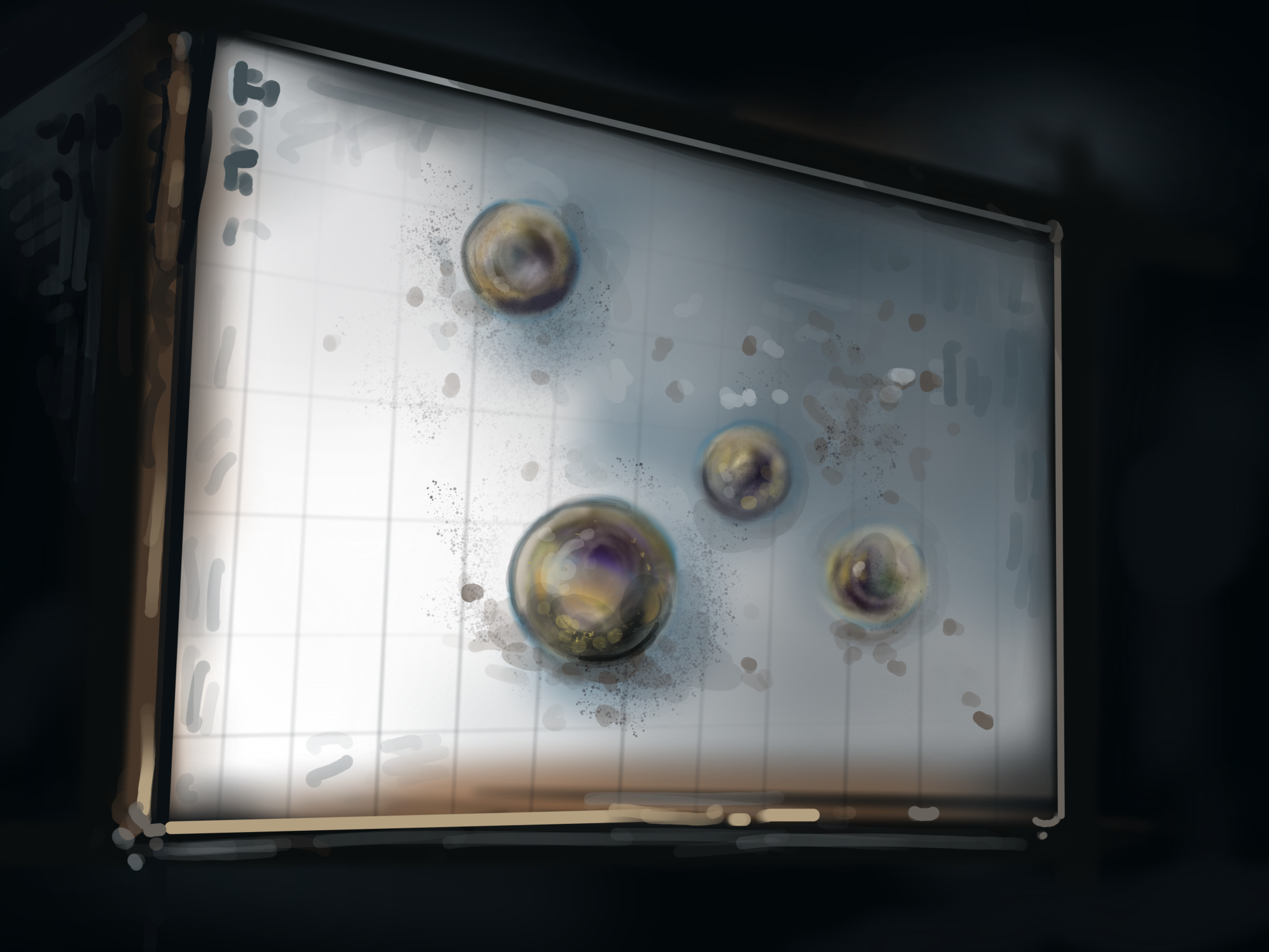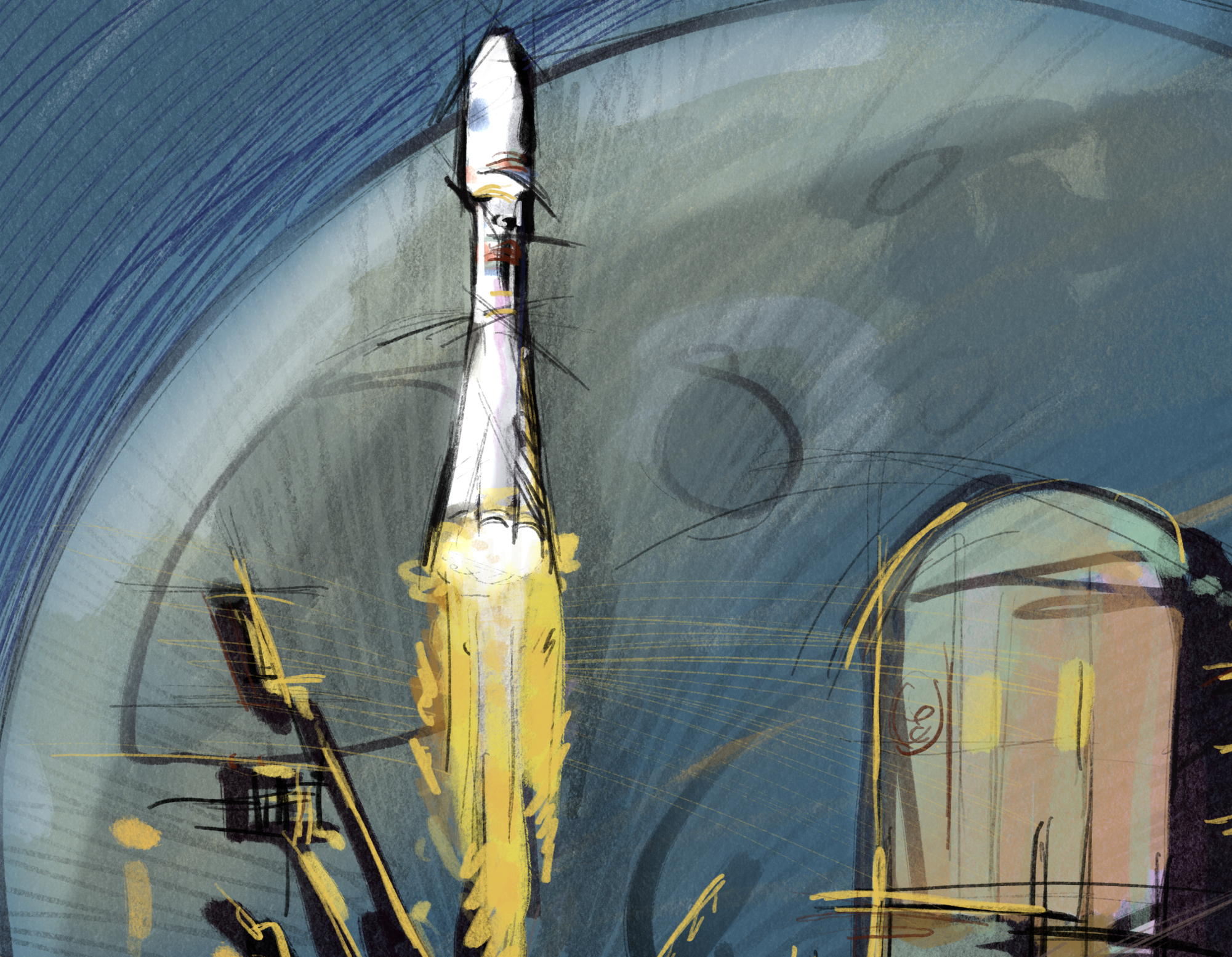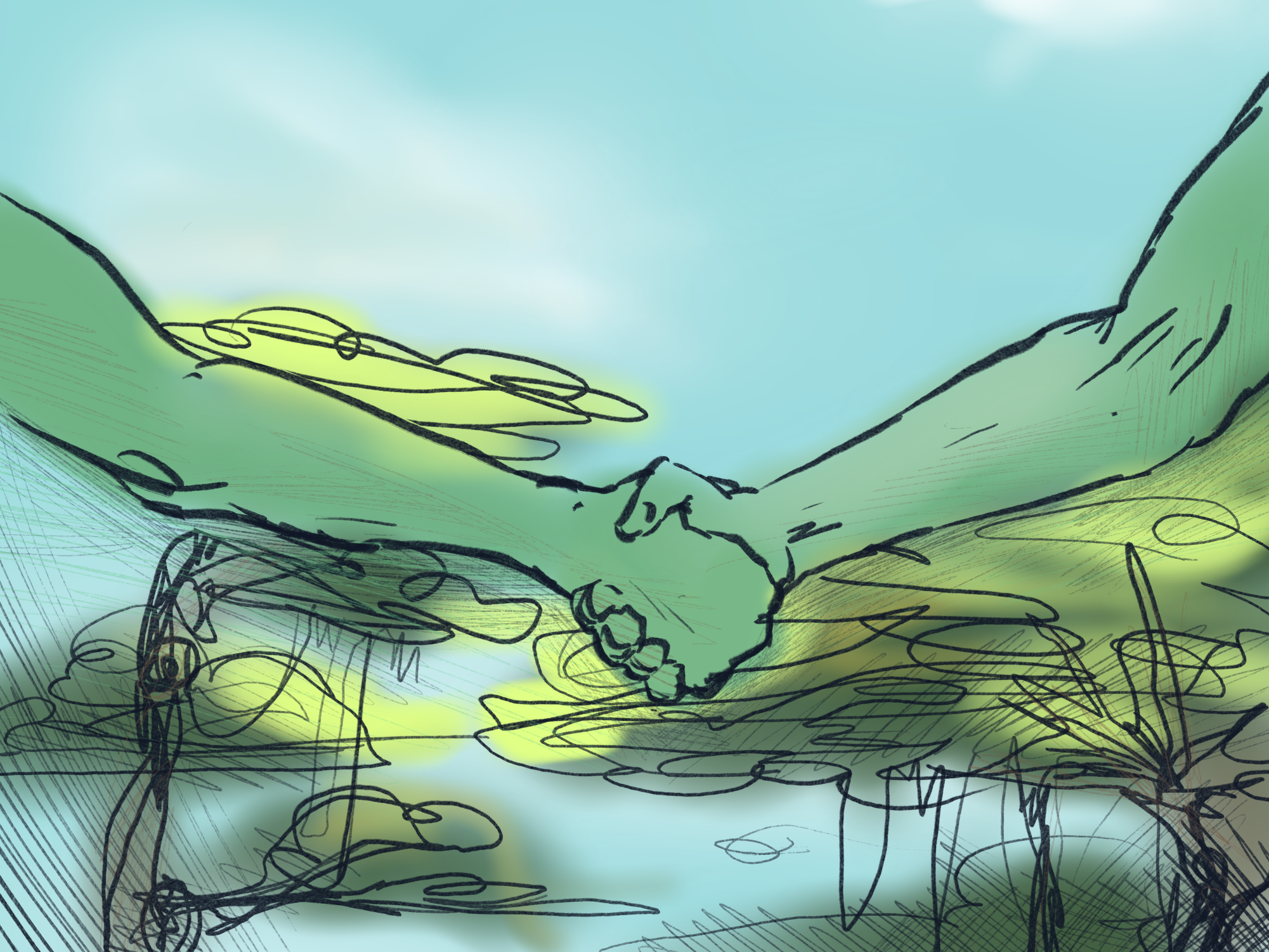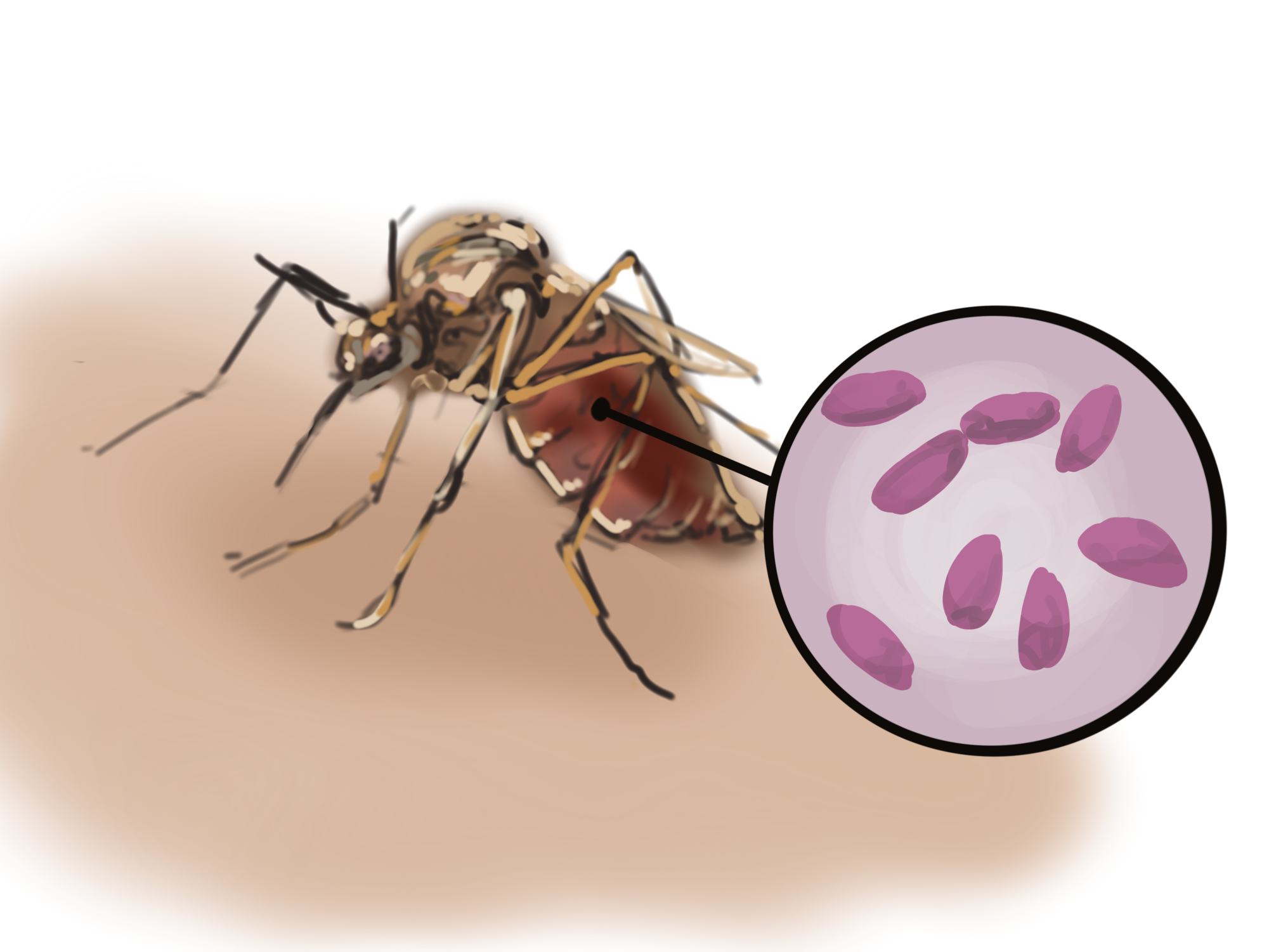STEM Scene: Sept. 12



Harvard professor Avi Loeb believes that he has discovered traces of alien technology from the remnants of a meteor that landed off the coast of Papua New Guinea in 2014. Aided with data from the U.S. government, Loeb and his team traveled via boat to the vicinity of the crash site and collected 10 near-perfect spherical samples, varying in color and size with some resembling “miniature Earth,” according to Loeb. Lab analysis revealed that the spheres consisted of mostly iron, along with other metals such as silicon, magnesium and titanium. In addition, Loeb claimed that the spheres possessed a material strength greater than any other space rock currently known, based on NASA records, and proposed that the samples are alien technology. However, other prominent astrophysicists have remained skeptical of Loeb’s claims due to the lack of concrete evidence proving the extraterrestrial properties of his discoveries. Nonetheless, Loeb continues to push his research in identifying and proving the existence of intelligent life beyond our solar system.


Russia launched its first mission to the moon in 47 years at 11:11 p.m. UTC on August 10 from the Vostochny Cosmodrome in eastern Russia. The mission, named Luna 25 after its 1976 predecessor Luna 24, aimed to explore the moon’s south pole — a region where no other spacecraft has been able to land. Data from the 1990s show that the south pole potentially contains water ice that could be useful to humans for future scientific discoveries and missions. On August 16, the uncrewed spacecraft entered a 100-kilometer orbit around the moon. Luna 25 was then intended to touch down on August 21 at the Boguslawsky crater near the south pole, but on August 20, it crashed into the surface of the moon, ending Russia’s ambitious lunar mission. Though University of Colorado, Boulder scientist Margaret Landis suggests that temperatures in the crater are too high to harbor ice, future missions could explore smaller craters within the Boguslawsky crater for more favorable results.


Eight South American countries in the Amazon region signed an agreement on August 8 to improve conservation efforts of the rainforest. Organized by Brazilian President Luiz Inácio Lula da Silva, the agreement, named the Belém Declaration, aims to reduce deforestation by industrial companies, which has severely harmed the rainforest. In addition, wildfires have plagued the Amazon, the world’s largest rainforest, in the past, leading to the destruction of large sections. Not only does it house thousands of animal species, but the Amazon rainforest also plays an important role in reducing carbon emissions, as trees and plants pull carbon dioxide out of the atmosphere and convert it into oxygen. Through the Belém Declaration, President Lula, along with his collaborators, hopes to combat illegal logging and mining in the Amazon and to preserve its natural wonder.


A new study published in the magazine Science discovered a type of naturally-occurring bacterium that can inhibit malaria contraction without human modification. Scientists found the bacteria, termed Delftia tsuruhatensis TC1, in the guts of certain mosquitos, which rendered them immune to infection by the malaria parasite. When fed to other mosquitos, the microbe provided them with the same immunity. In the past, researchers have also attempted to use microbes to control malaria, which have worked to an extent, but these methods all relied on genetic modification, which poses potential risks. The discovery of this natural, malaria-combating microbe resolves this issue, and researchers hope that it will limit malaria cases around the globe in the future.


Results from experiments conducted in Fermilab indicate that a fifth fundamental force is possible. In their experiments, the researchers analyzed subatomic particles called muons, which helped archaeologists discover a hidden chamber in the Great Pyramids of Giza earlier this year. In a magnetic field, muons behave like tops, wobbling from side to side. The standard model of particle physics can predict the frequency at which muons wobble with high precision. However, Fermilab researchers’ results disagree with the standard model’s predictions and yield similar values to previous experiments at Fermilab and Brookhaven, indicating flaws within the standard model. Physics currently acknowledges four fundamental forces: the strong nuclear force, weak nuclear force, electromagnetic force, and gravity. According to Prof. Jon Butterworth of University College London, Fermilab’s latest results could be evidence of either a fifth fundamental force or physics beyond the standard model.

